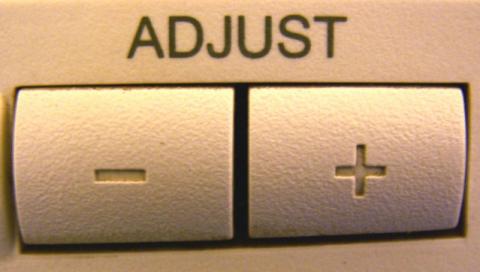Back to the Basics: Alarm Investigation
Safety standards often require that, the analyzer must produce an alarm whenever the solvent concentration exceeds 60% LFL or some level that leaves a margin of safety. All analyzer systems should have provisions that prevent alarm levels without enough of a safety margin.
All alarms and deviations from expected operation are opportunities to determine if a fault exists in the process or analyzer system.




